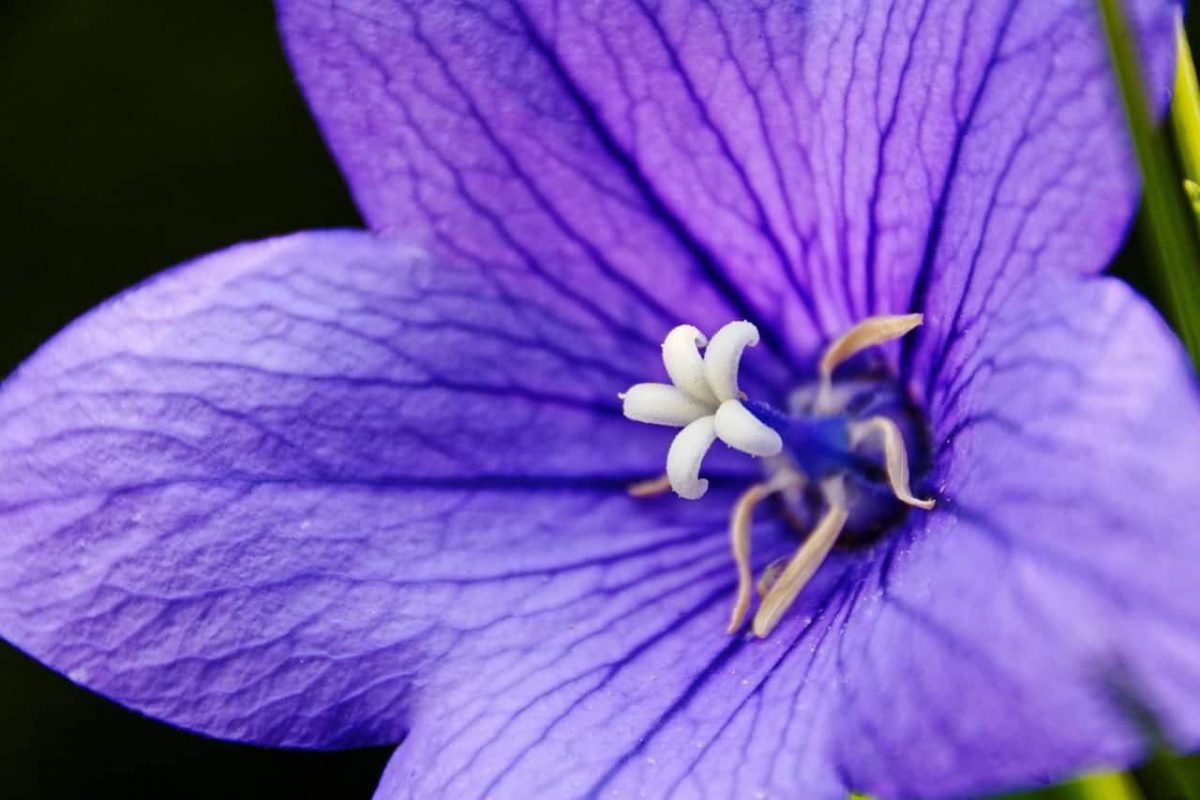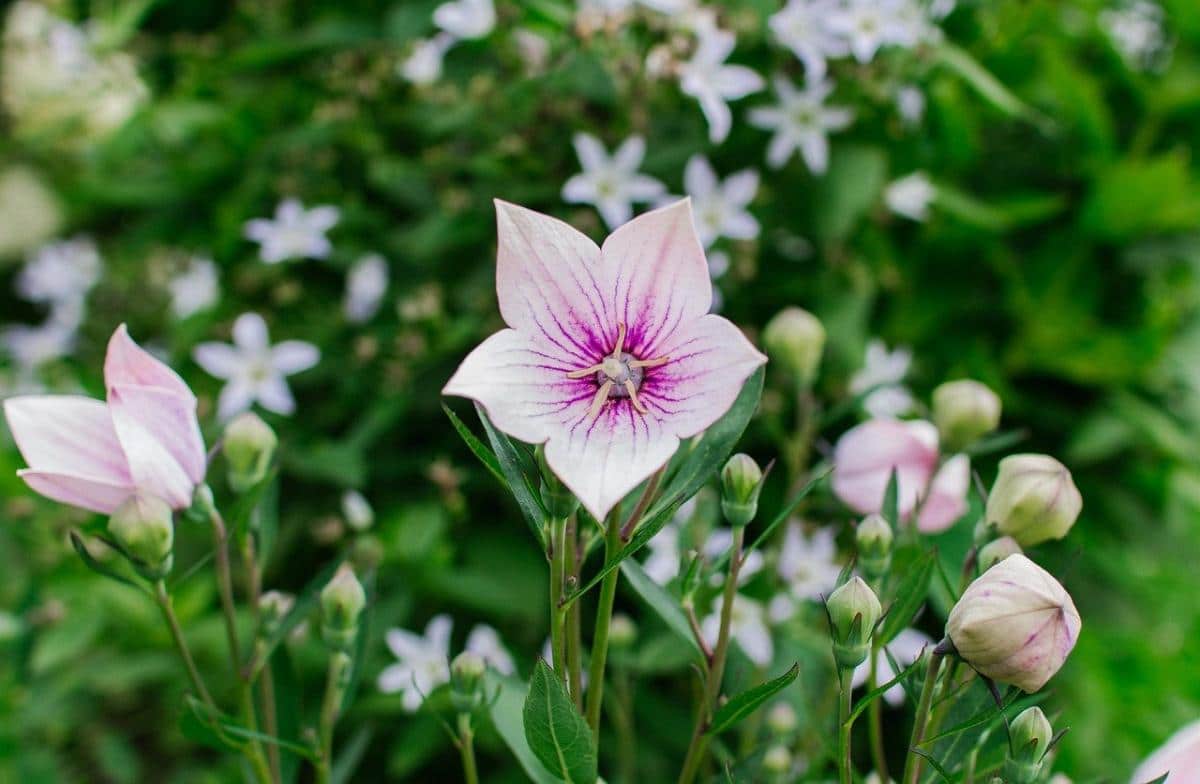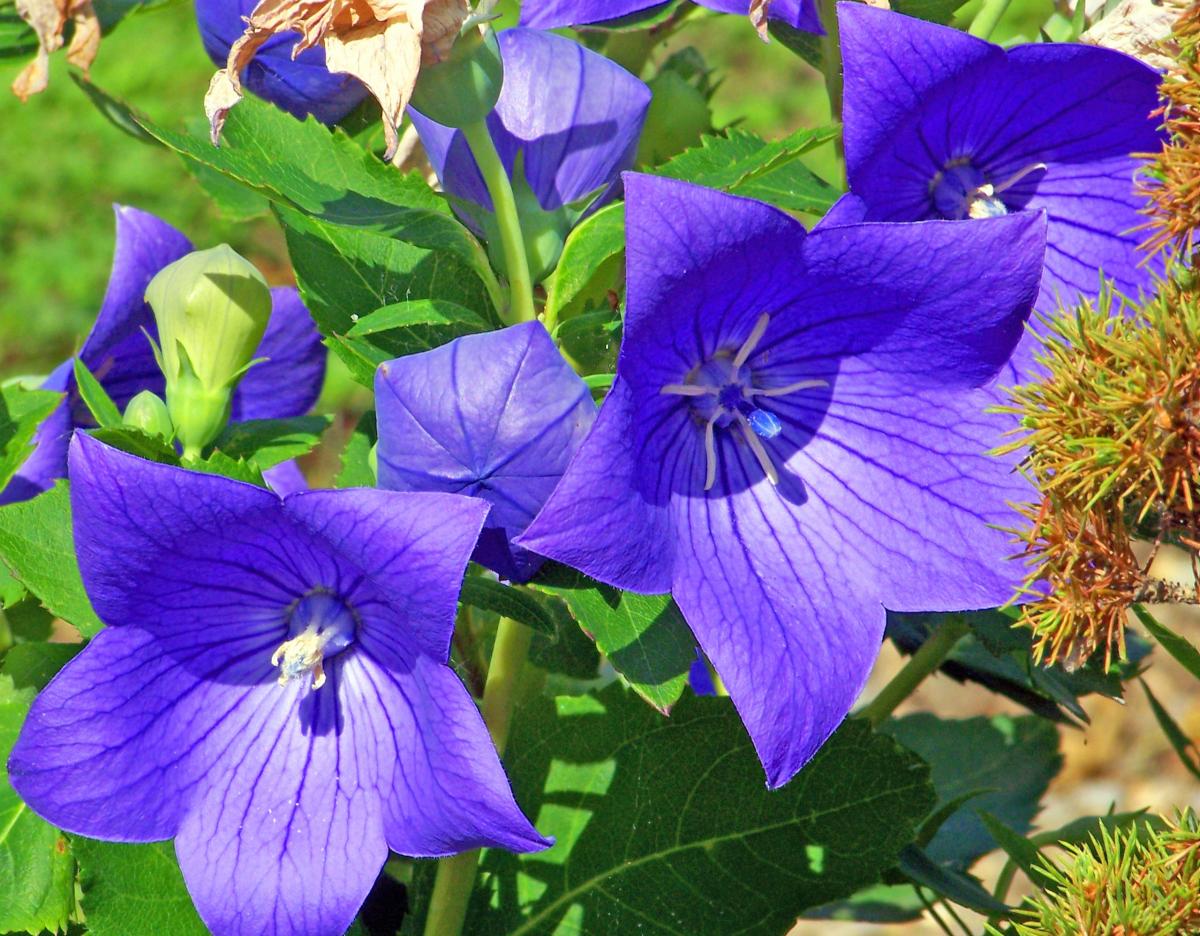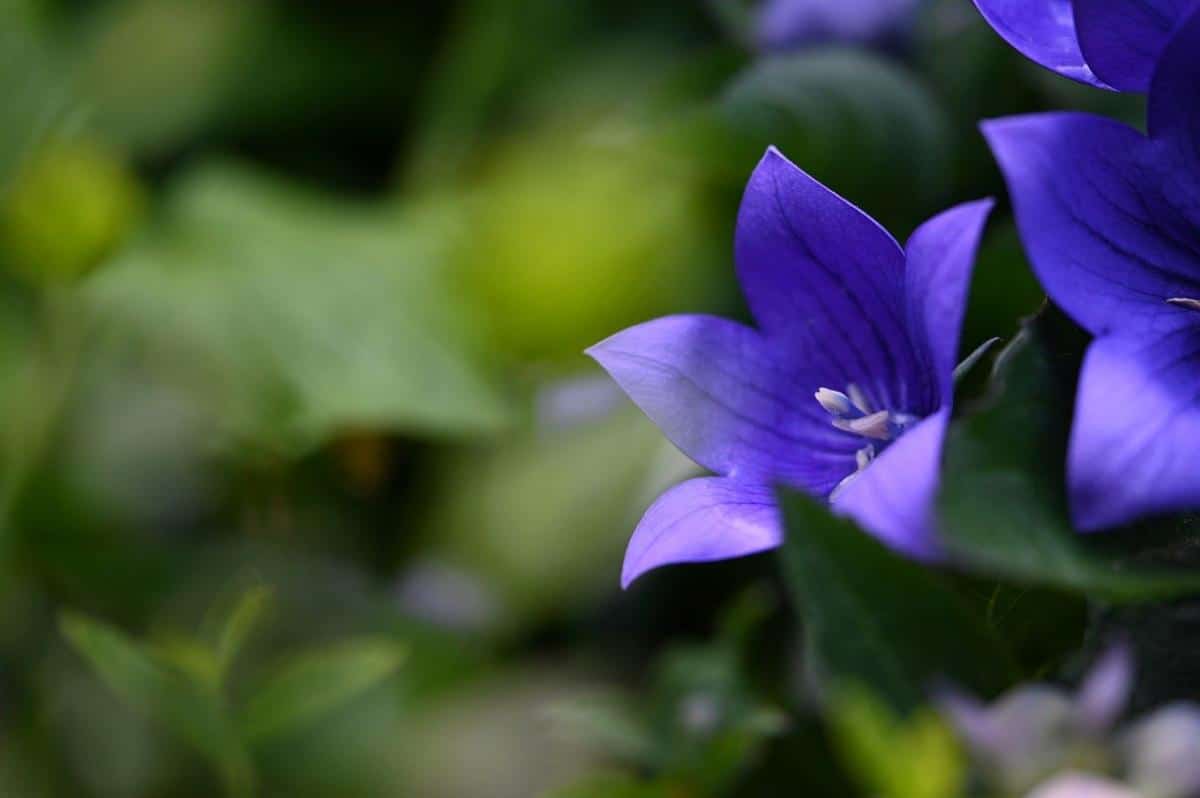
El platycodon, also known as Chinese Campanilla, is a plant of the Campanulaceae family ideal to have in pots, embellishing the patio, terrace or balcony. It can also be planted in the garden, along with other flowers to create spectacular colored rugs.
It is one of the plants that has the longest flowering season: from late spring to mid-August, so if you want to enjoy the joy it transmits, Next we will tell you everything you need to know to have a healthy Platycodon, no, the following.
Origin and characteristics of Platycodon
The Platycodon is a genus of perennial plants native to Asia, specifically China, eastern Siberia, Korea and Japan. There is only one known species, the Platycodon grandiflorus, but as we will see below, several cultivars have been taken.
It can reach an approximate height of 40 centimeters, and its leaves are dark green, being lighter on the underside. It has serrated edges, and the main rib is well distinguished as it is a very light green, almost yellowish. Blooms from spring to summer, producing star-shaped flowers up to four inches wide. These are composed of five petals, and are blue, purple, white or pale pink.
During the winter it is normal for its aerial part to be damaged it is when it comes to rest, but the roots will remain intact, the plant being able to sprout when temperatures improve.
As a curiosity, you should know that it is the symbol of Ichinomiya and Isehara, two cities of Japan.
Cultivars Platycodon grandiflorus

At least 10 cultivars of Platycodon are known:
- Support: develops straight stems and blue flowers. In Japan it is widely used to prepare sake, a typical alcoholic drink of the country. In addition, its roots are consumed in salads and soups.
- Support Misato Purple: It is similar to the previous one, but its flowers are a more intense bluish color.
- Double blue: it is a variety of straight and tall stems, so much so that they can reach 80 centimeters in height. It has blue flowers with a double crown of petals.
- Fairy snow: this is a small plant about 40 centimeters tall that produces magnificent white flowers.
- fuji blue: is the most common variety. Its flowers are blue, and it is the most resistant to pests.
- Hakone Double Blue: it is a plant about 20-30 centimeters high, with a more or less compact bearing, which produces blue flowers with a double crown of petals.
- Hakone Double White: it is the same as the previous one, but with white flowers.
- kamachi: the Komachi cultivar is the most curious, because its blue flowers never open.
- Mother of Pearl: reaches a height of 25-30 centimeters, and its flowers are pink.
- Sentimental blue: it is also a small variety of blue flowers. It reaches a height of 20 centimeters maximum.
Platycodon Care Guide
Our protagonist is a plant whose cultivation and maintenance is very simple, so that whether you already have experience taking care of the green or not, with the Platycodon you will have a great time. These are your cares:
Location
Ideally, place your Platycodon abroad, in an area where it is in direct sunlight. In case you don't have it, don't worry, since it can also be in semi-shade (yes, it must have more light than shade).
Now, you can also have it inside the house, if you have a room through whose windows a lot of light comes in from outside. In the event that you do have it, put it as far as possible from the fan, air conditioning unit, and even from passageways. In this way, the air currents will not reach you and therefore will not harm you.
Irrigation
It must be frequent in summer, and something else in scarce the rest of the year. It is advisable to let the substrate dry a little before watering again, so that it will generally be watered about 3 times a week during the hottest and driest months, and less the rest.
If you have it in a pot with a plate, empty the latter because if the roots are always in contact with water, they will rot.
Soil or substrate

- Flower pot: it must have good drainage. Mix the peat with 20% perlite if it is too compact.
- Garden: If the soil in the garden is light and does not tend to puddle, it will be perfect. Otherwise, it is better to make a hole of about 40 x 40cm and fill it with the mixture of substrates that we have mentioned before.
Subscriber
It is very important pay in spring and summer with liquid organic fertilizers, such as guano, following the indications specified on the package.
If it is planted in the ground, you can add worm castings or manure once a month (as long as it is not fresh).
Pruning
Dry leaves and withered flowers must be removed to avoid the proliferation of pests. Nothing more. It can be done with household scissors; that is, they do not need to be pruned. But yes, before using them, wash them with soap and water to minimize the risk of infection.
Multiplication
The Platycodon multiplies by seeds in spring. They are sown directly in a pot and in 2-3 weeks the first ones will begin to germinate. Uses substrate for seedlings (for sale here), and place it in semi-shadow. You will see that in less than you expect you will have new copies.
Rusticity
Withstands temperatures up to -15 degrees Celsius.
Platycodon uses

This is a very loved plant for its ease in cultivation, but also for its medicinal properties. In fact, it is used to relieve cold symptoms and as an anti-inflammatory; Furthermore, its roots are a very interesting ingredient to make delicious salads.
So if you are looking for a beautiful plant that can be useful in the kitchen, without a doubt the Platycodon is for you.
Very good information
beautiful plant, I bought a white one and the flower is spectacular, super pretty. Simple, like paper. And the very curious cocoons too. In the store I had to touch the flower to see if such beauty was made of plastic! (today they do wonders)
Let's see if I give it a long life by following these great tips.
Who would have thought that a guy in his forties was going to finally become fond of plants ... But here we are: DD
Greetings and thanks!
Hello Ivan.
It is never too late to start…! he he
If you have any questions, write to us and we will help you.
Greetings.
I have one of these plants with pink flowers in a not very large pot, it is the middle of September and its flowers are impeccable (I have removed the dry ones). My question is what to do and how to take care of it in winter. Although it hasn't been that cold lately, temperatures can drop to -10 degrees Celsius and there can be a lot of snow. Should I protect it? And if so, how often should I water it?
Thank you.
Hello Ana.
With these conditions, it is better to protect it, yes. Put it in a bright room, and as far away from drafts (heating, doors, ...). Irrigation has to be very little, once a month or so.
Regards!